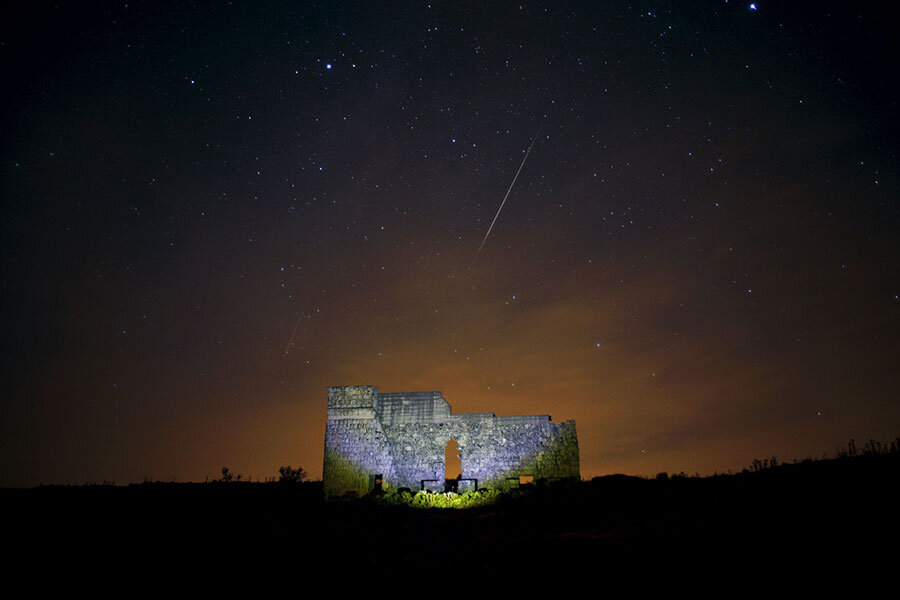Delta Aquarids will peak this week: Here's how to catch the meteor shower
The Delta Aquarids are flying by this week, and if the night sky above you is clear, you just might catch a glimpse.
Meteor showers will peak later this week, foreshadowing the larger Perseid shower in early August. Dark skies will provide an excellent backdrop to view the showers, if you’re in the right place.
When comets fly too close to the sun, they partially melt and leave behind pieces of dust and rock. Annual meteor showers, like the Delta Aquarids, are a result of our planet’s passage through comet debris. Chunks of rock hurtle through Earth’s atmosphere at 90,000 miles per hour, burning up upon entry and leaving us with a spectacular view.
The Delta Aquarids were first observed in 1870, but it’s unclear which comet produced the showers. Previous research suggested that they originated from the breakup of a large “sungrazing” comet into two smaller comets: Marsden and Kracht. Another prime candidate emerged recently in 96P/Machholz, a short-period comet with a five-year orbit. The comet was discovered in 1986 by amateur astronomer Donald Machholz.
The Delta Aquarids, which began to fall on July 12, will peak during the pre-dawn hours of Thursday and Friday night. Spectators in the southern hemisphere and the northern tropics will have the best view, but the showers will be partially visible almost everywhere with clear skies, with the exception of brightly-lit cities.
At the shower's peak, viewers will be able to spot up to 20 meteors per hour – sparse compared to the Perseid shower, which will bring up to 50 meteors per hour early next month. But a waning crescent moon will bring dark skies, making the Delta Aquarids unusually vibrant.
And if you don’t have a good view of the shower in your area, the Slooh Community Observatory will be livestreaming the event. The feed will include video from several sites, including the Canary Islands.
"The slightly mysterious nature of these often-overlooked shooting stars adds to the night's fun," Slooh astronomer Bob Berman said in a statement last year.






